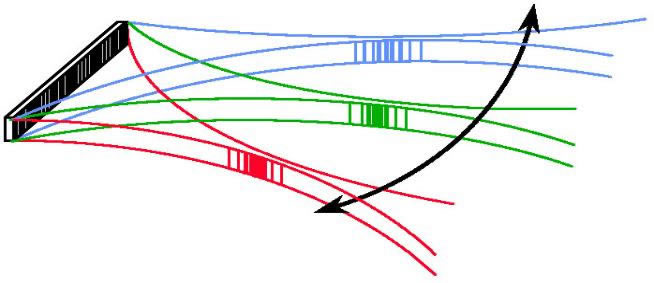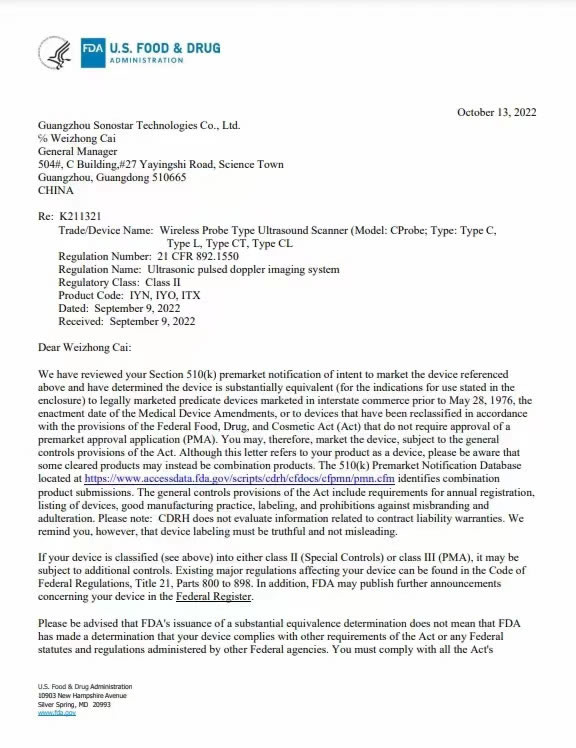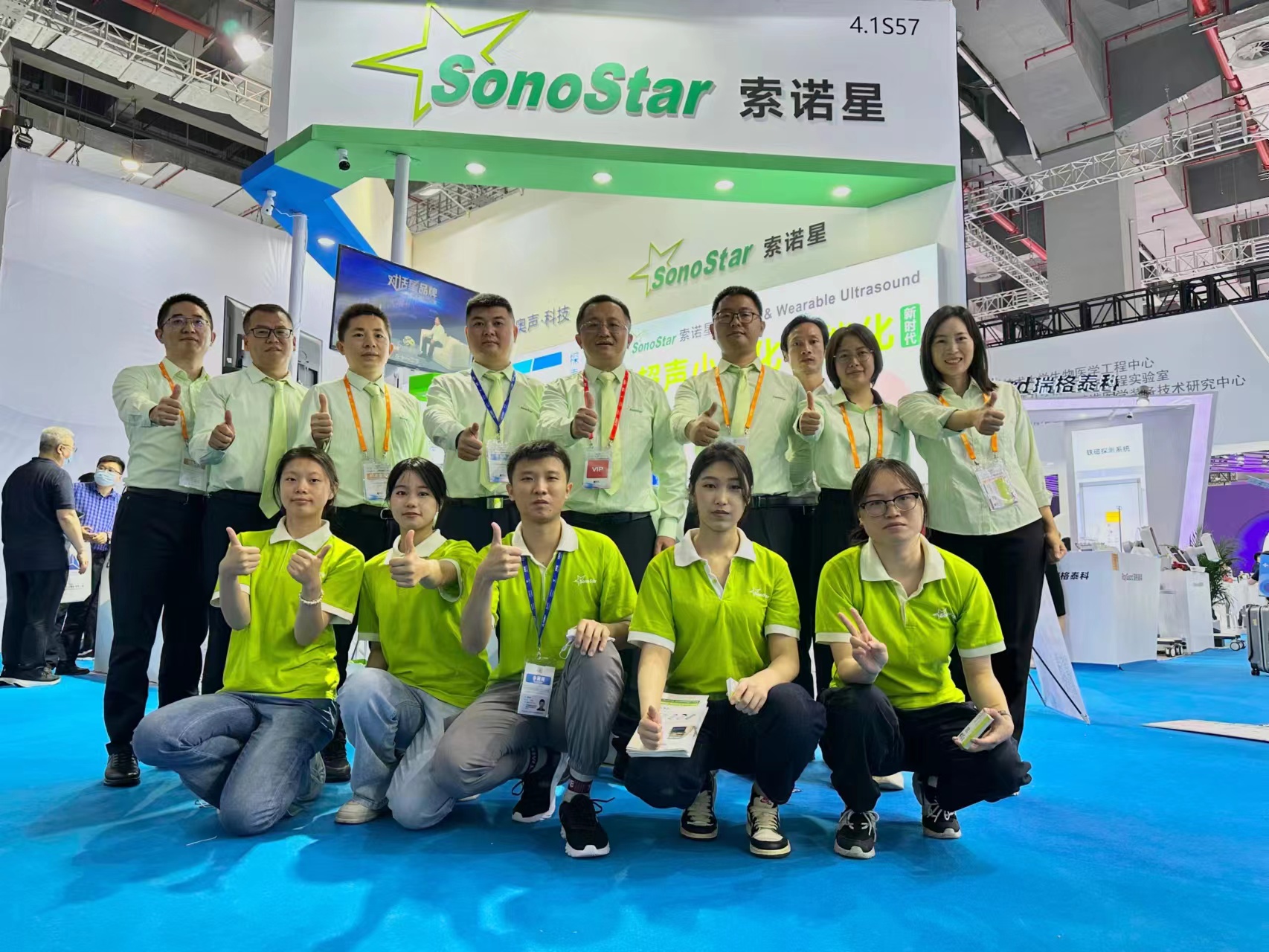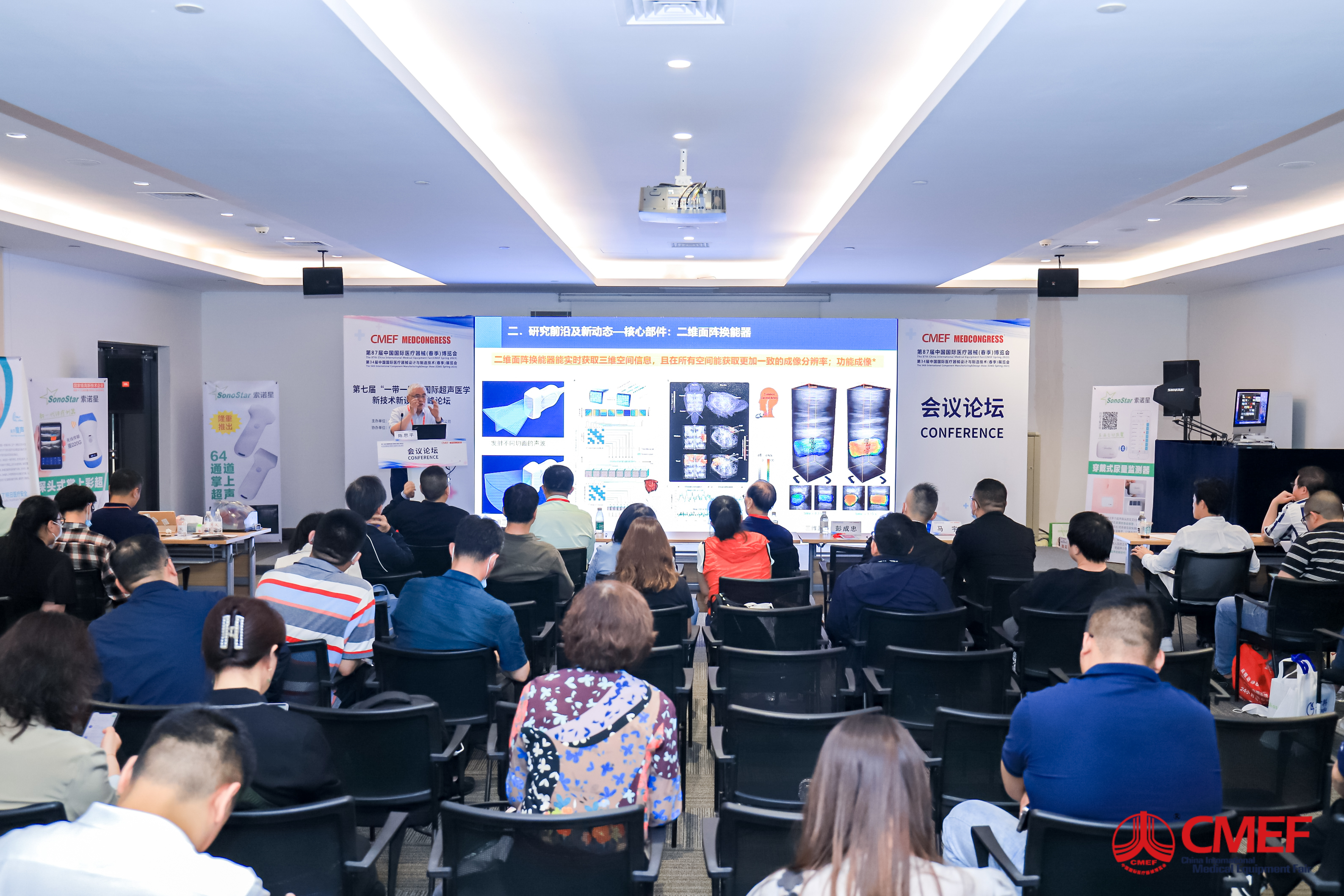Phased array is widely used in the diagnostic ultrasound imaging
systems. Originally the ‘phased array' idea of steerable beams has
been conceived by radar designers, however, ultrasound designers
expanded on the principle and today those systems are some of the
most sophisticated signal processing equipment around.
Tx beamformer determines the delay pattern and pulse train that set the
desired transmit focal point. The outputs of the beamformer are then
amplified by high voltage transmit amplifiers that drive the transducers.
These amplifiers might be controlled by DACs to shape the transmit
pulses for better energy delivery to the transducer elements. Typically
multiple transmit focal regions (zones) are used, i.e. the field to be
imaged is divided up by focusing the transmit energy at progressively
deeper points in the body. The main reason for doing this is to increase
the transmit energy for points that are deeper in the body because the
signal gets attenuated as it travels into the body.
Appodization is normally used in the TX beamformer. The main reason
for doing this is to concentrate all the energy in the central lobe,
suppress the sidelobes, and thereby increase the directivity of the
transducer. The drawback is that the main lobe becomes wider with
consequent reduction in lateral resolution.
The figure bellow shows a typical TX beamformer scanning.
 |






 关注微信公众号
关注微信公众号
 加微信咨询
加微信咨询

